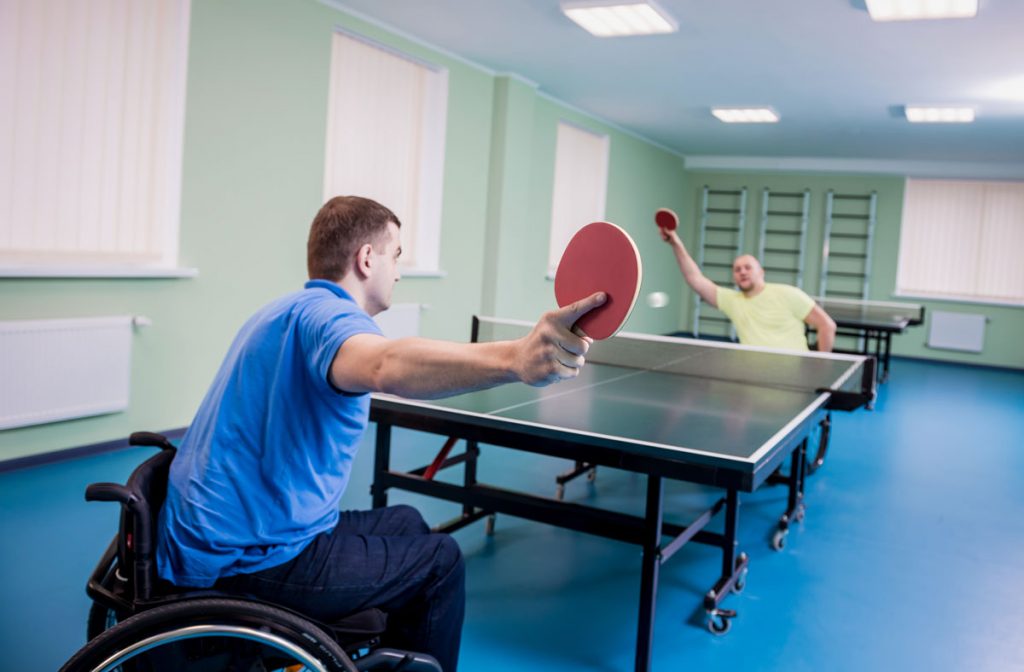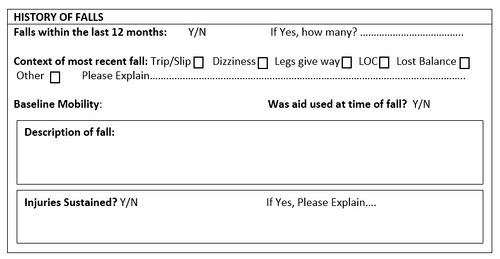Little Known Facts About Dementia Fall Risk.
Little Known Facts About Dementia Fall Risk.
Blog Article
How Dementia Fall Risk can Save You Time, Stress, and Money.
Table of ContentsSome Ideas on Dementia Fall Risk You Should KnowThe Greatest Guide To Dementia Fall RiskGetting My Dementia Fall Risk To WorkDementia Fall Risk Things To Know Before You Get ThisFacts About Dementia Fall Risk Uncovered
Examining loss risk helps the whole healthcare team establish a more secure setting for each individual. Make sure that there is an assigned location in your clinical charting system where staff can document/reference scores and record appropriate notes connected to drop prevention. The Johns Hopkins Autumn Risk Assessment Tool is among numerous tools your staff can make use of to aid protect against damaging medical events.Individual falls in hospitals prevail and devastating unfavorable events that linger regardless of decades of initiative to minimize them. Improving communication across the examining nurse, treatment team, individual, and individual's most involved loved ones may reinforce loss avoidance initiatives. A team at Brigham and Women's Hospital in Boston, Massachusetts, looked for to develop a standard fall avoidance program that centered around boosted communication and client and household engagement.

The advancement team highlighted that successful application depends upon individual and staff buy-in, integration of the program right into existing workflows, and integrity to program processes. The team kept in mind that they are coming to grips with just how to guarantee connection in program implementation throughout periods of situation. During the COVID-19 pandemic, for instance, an increase in inpatient falls was linked with constraints in person engagement together with constraints on visitation.
Examine This Report about Dementia Fall Risk
These occurrences are typically considered avoidable. To apply the treatment, companies need the following: Access to Autumn pointers sources Autumn ideas training and retraining for nursing and non-nursing personnel, consisting of new registered nurses Nursing process that enable patient and family engagement to perform the drops evaluation, guarantee use the prevention plan, and perform patient-level audits.
The results can be extremely destructive, commonly increasing individual decrease and triggering longer medical facility stays. One research estimated keeps increased an added 12 in-patient days after a client autumn. The Fall TIPS Program is based upon appealing clients and their family/loved ones across three main procedures: evaluation, customized preventative treatments, and bookkeeping to make sure that clients are involved in the three-step autumn prevention process.
The individual evaluation is based upon the Morse Loss Range, which is a verified loss risk assessment tool for in-patient health center settings. The range includes the six most typical factors patients in health centers site here fall: the client loss history, risky conditions (including polypharmacy), use of IVs and various other external devices, mental standing, stride, and wheelchair.
Each threat variable links with one or even more workable evidence-based interventions. The registered nurse creates a strategy that includes the treatments and is visible to the care team, patient, and family on a laminated poster or printed visual help. Registered nurses develop the strategy while fulfilling with the person and the patient's family members.
Not known Details About Dementia Fall Risk
The poster works as a communication device with other members of the individual's treatment group. Dementia Fall Risk. The audit component of the program includes evaluating the person's knowledge of their risk factors and prevention plan at the device and medical facility levels. Nurse champs perform at the very least 5 individual meetings a month with people and their households to examine for understanding of the autumn prevention strategy

A projected 30% of these drops outcome in injuries, which can vary in extent. Unlike various other adverse occasions that require a standard clinical reaction, loss avoidance depends extremely on the demands of the individual.
3 Simple Techniques For Dementia Fall Risk

Based on auditing results, see here now one website had 86% compliance and two sites had more than 95% compliance. A cost-benefit analysis of the Loss pointers program in 8 hospitals approximated that the program expense $0.88 per person to implement and resulted in cost savings of $8,500 per 1000 patient-days in direct costs connected to the avoidance of 567 drops over three years and eight months.
According to the development group, organizations interested in implementing the program ought to perform a readiness assessment and drops prevention spaces evaluation. 8 Furthermore, organizations ought to make sure the essential infrastructure and process for execution and establish an application plan. If one exists, the organization's Autumn Avoidance Job Pressure must be included in planning.
Unknown Facts About Dementia Fall Risk
To start, organizations should guarantee conclusion of training components by nurses and nursing assistants - Dementia Fall Risk. Hospital personnel must assess, based upon the needs of a healthcare facility, whether to use click reference an electronic health document printout or paper variation of the loss prevention plan. Implementing groups should hire and educate nurse champions and develop processes for bookkeeping and coverage on fall data
Personnel require to be involved in the procedure of redesigning the workflow to engage patients and family in the evaluation and prevention strategy procedure. Solution should be in area so that devices can understand why a loss occurred and remediate the cause. Extra specifically, registered nurses should have channels to supply continuous feedback to both team and device leadership so they can adjust and boost autumn avoidance workflows and connect systemic problems.
Report this page